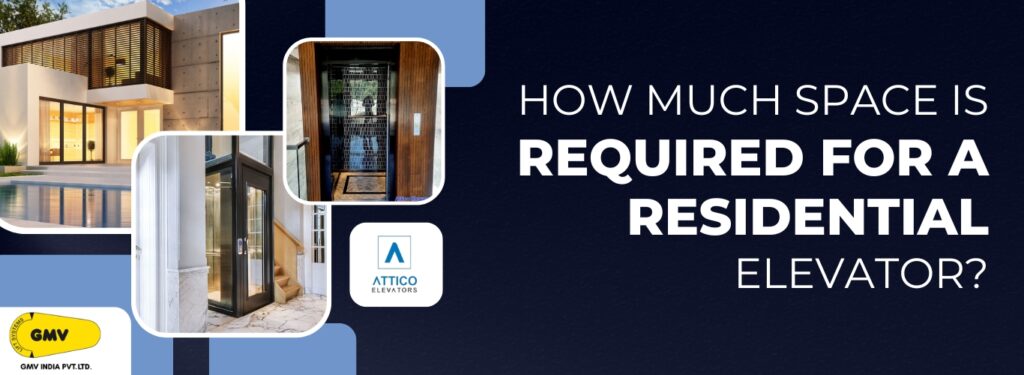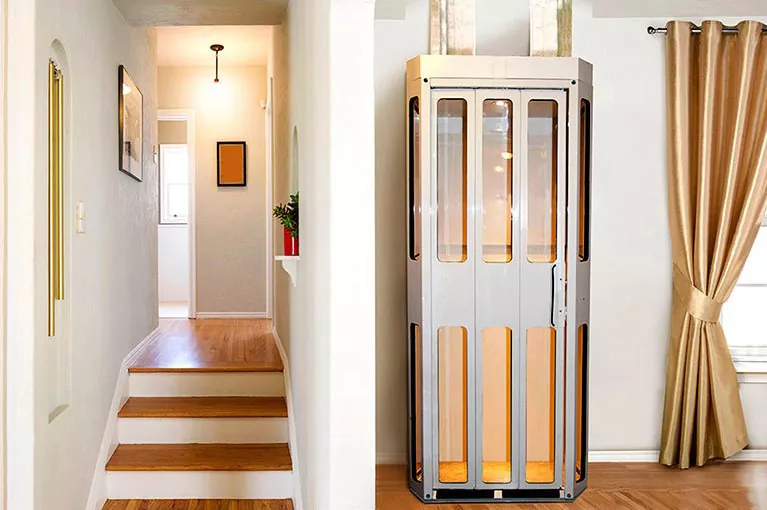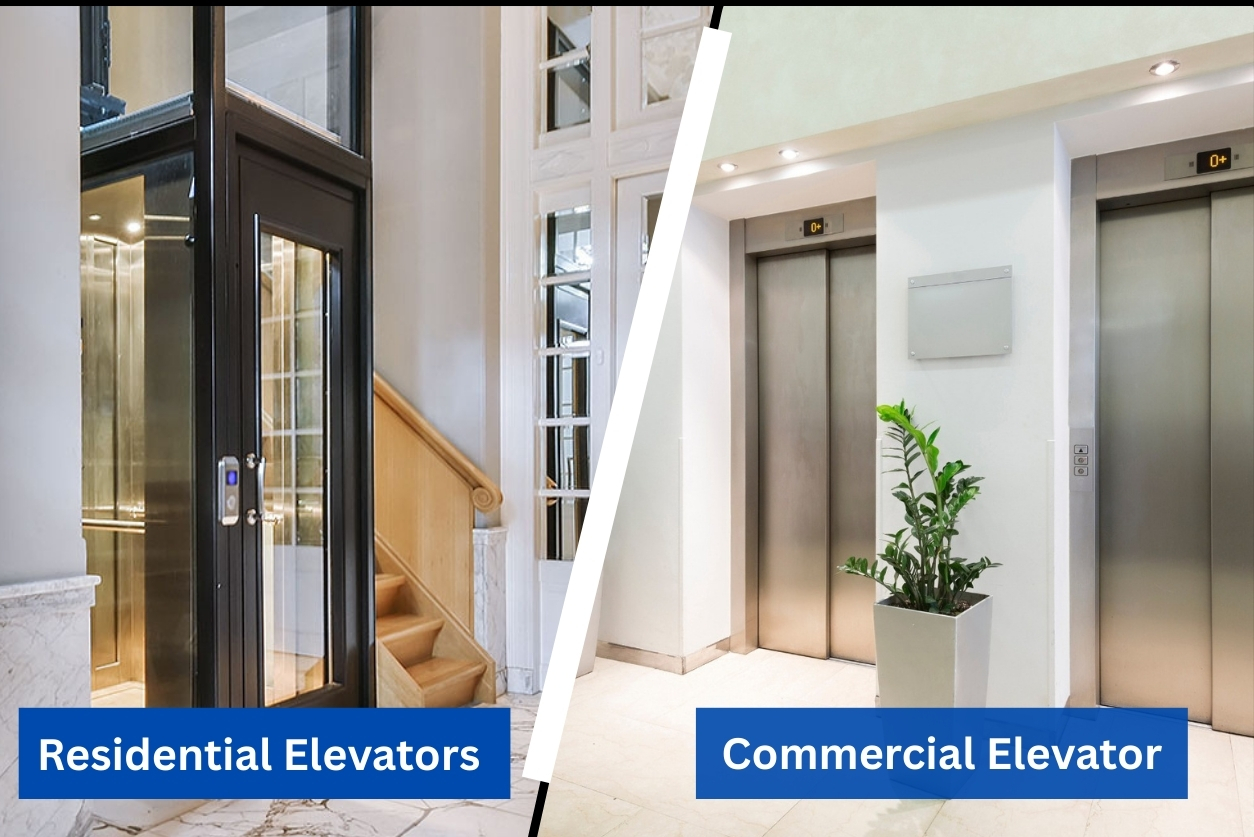Installing the best lift for your home is a life-changer for convenience, accessibility, and luxury. Whether future-proofing your house or making it easier for your family members to move around in, it’s very important to know how much space a residential elevator will occupy.
Proper planning means that the installation should go smoothly without reducing the aesthetic appeal and functionality of your home.
Understanding the Space Requirements for a Residential Elevator
Before installing a residential lift and elevator system, you will have to determine how much space you will require. The amount of space required depends on several factors, like the type of elevator, the number of floors, and the available area in your home.
1. Standard Space Requirements
Most domestic lifts require a shaft of at least 4 feet by 4 feet (1.2m x 1.2m) for a compact, one-person lift. If you select a larger model that can accommodate a wheelchair, you may require a space of around 5 feet by 5 feet (1.5m x 1.5m).
Headroom, or the vertical space required above the elevator, is also important. While most designs have a headroom of 8 to 10 feet, it can vary between designs and manufacturers.
2. Machine Room vs. Machine Room-Less Elevators
Most residential lift and elevator systems require an additional machine room, which requires more space. However, these modern elevators in homes can be designed machine room-less. This saves on space and packs all the necessary components within the shaft itself, making it the perfect solution for homes with small spaces.
3. Pit Depth Considerations
The depth of the pit most residential elevators require will vary between 6 to 12 inches because that is usually enough space for their essential mechanical parts. On the other hand, for a house where the creation of such a pit cannot be done, pitless systems exist, thereby facilitating installation processes.
Types of Elevators and Space Requirements
Based on available space and preference, the elevator chosen for one’s home falls within the category listed below.
1. Hydraulic Elevators
- Requiring a machine room, typically adding an extra 4-5 feet of space.
- Best suited for homes with more space to spare.
2. Traction Elevators
- Machine room-less options are available.
- Typically requires a shaft size of 4 feet by 4 feet.
How to Optimise Space for an Elevators at Home?
1. Use Existing Stairwells
Many homeowners choose to install an elevator for home within an existing stairwell because it minimises structural changes.
2. Choose Space-Saving Models
There are many space-saving models available that take up minimal shaft space but provide full functionality.
3. Hire the Best Elevator Company
The best elevator company in India, will ensure that you get expert advice on space requirements and custom solutions that will fit your home’s layout.
Installation Considerations Beyond Space
Apart from the correct space, here are a few things to consider for a smooth installation:
- Power Supply: Most home elevators require a dedicated power source.
- Structural Support: Your home’s foundation must be able to support the weight of the elevator.
- Compliance & Permits: Local building codes and permits are required for installation.
Final Thoughts
Residential lift and elevator system investment increases comfort and property value. Proper space allocation planning, along with the best elevator company, would help you achieve a hassle-free installation, meeting all your needs while matching your house design.










